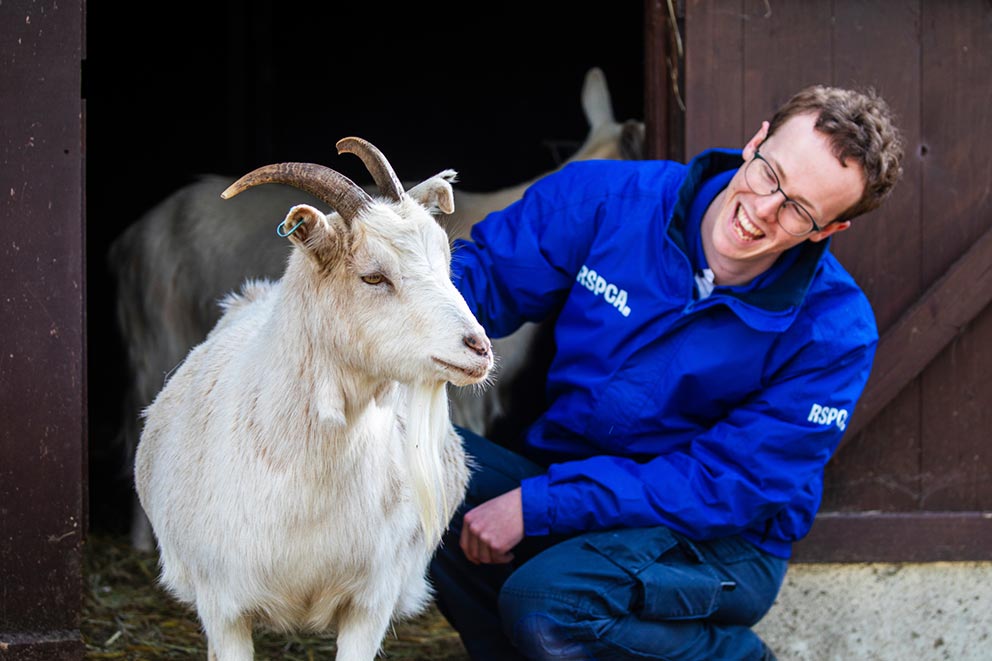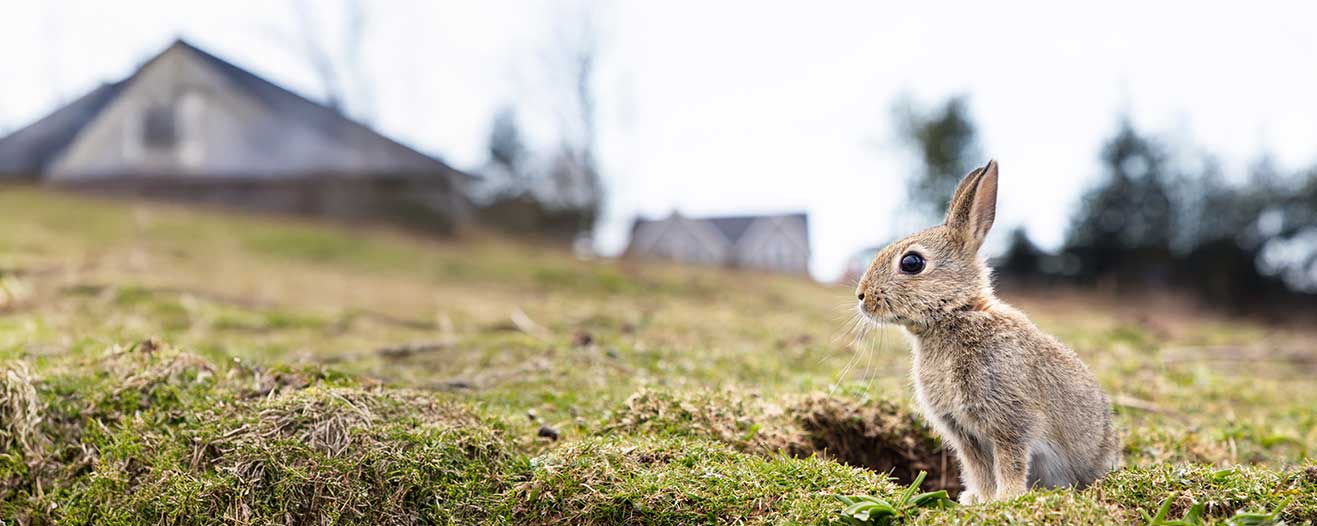- Find a Pet
- Advice and Welfare
- Ways to Give
- Get Involved
- What We Do
- Search
- My RSPCA
- Report a concern
- Sponsor
-
Colour modeVivid Calm
- Home
- What we do
- Latest
- Animal Kindness Index
- Kindness Index 2025
- 2025 Key findings
2025 Key findings
As the leading animal welfare charity in the UK, the RSPCA uses these insights to guide our efforts in advocating for animals, educating the public on animal welfare issues, and creating a kinder world for all animals to ensure they have a good life.

What we’re excited about
A growing nation of animal lovers
Since 2022, the UK’s love for animals has been on the rise, with 71% of people now proudly identifying as animal lovers—a positive trend for both animals and animal welfare. This love is especially strong among younger generations, with an impressive 89% of children and young people also seeing themselves as animal lovers. It’s clear that our connection to and love for animals is getting stronger, creating a hopeful future for animal welfare.
Wildlife protection is the top priority
For the first time, protecting wildlife has become the UK public’s top animal welfare priority, with 61% now identifying it as the most important issue for the RSPCA to address. This marks a significant rise from 56% in 2024, reflecting a growing ambition for wildlife. As our love for animals continues to grow in 2025, it's exciting to see that more people are focusing on the protection of wildlife, paving the way for a more compassionate future.
Animal welfare is rising as a public priority
Among the issues we surveyed (including mental health, human rights and religion), animal welfare has risen to become the public’s third most important issue, with 33% of people placing it among their top concerns. In 2024 it was ranked fifth, so this is a meaningful increase. It’s encouraging to see animal welfare climbing up the public agenda as this signals a shift towards greater awareness of animal welfare and more compassion for animals.
What we’re worried about
Animal welfare in our consumer choices: a declining priority?
Although people say animal welfare is a growing concern, fewer people are making consumer choices that support this. Only 29% of people have reduced their consumption of animal products, and just 24% have changed their buying choices due to concerns about the impact on animal welfare – both these figures have declined since the 2024 Animal Kindness Index results.
Witnessing animal cruelty is a growing issue
Exposure to animal cruelty is increasing, with 42% of adults having witnessed it in the past 12 months. For children and young people, the numbers who have witnessed animal cruelty are also rising – from 33% in 2024 to 37% in 2025.
For adults, this exposure is mostly online (30%), with social media a driving influence. More time online means more exposure, so it’s not surprising that younger adults, aged 18–24, have witnessed more animal cruelty on social media than any other age group: 43%.
When it comes to reporting online cruelty, young people are more proactive, with 58% speaking up compared to just 21% of adults.
Kind, but uncertain
This year’s Animal Kindness Index reveals that 54% of adults who hadn’t encountered sick, injured or trapped wildlife before, wouldn’t feel confident helping an animal in trouble. Despite a strong love for animals and an increasing concern for wildlife observed this year, many still feel uncertain about how to respond when faced with a real-life situation involving animal welfare.

Become a local animal hero
Our new video guide shows you what to do if you find an animal in need. Watch the guide now to learn which animals you can safely handle, how to build your animal rescue box, and when to call others for help. Then claim your Local Animal Hero badge. Kind acts like this add up to a better world for animals.


